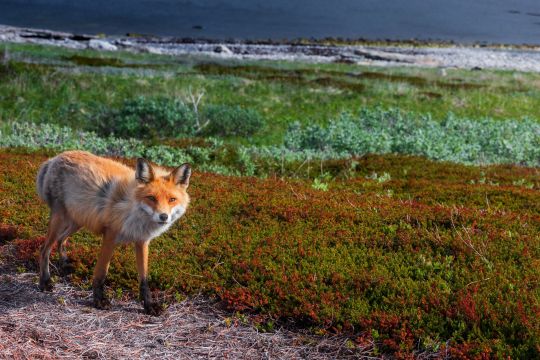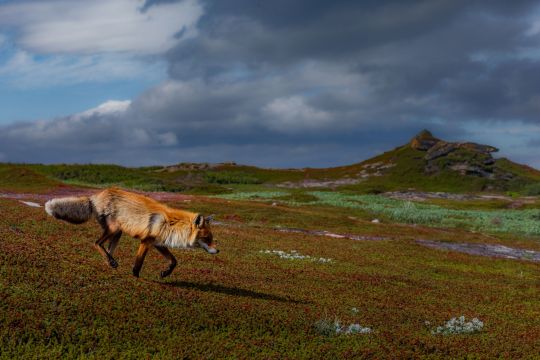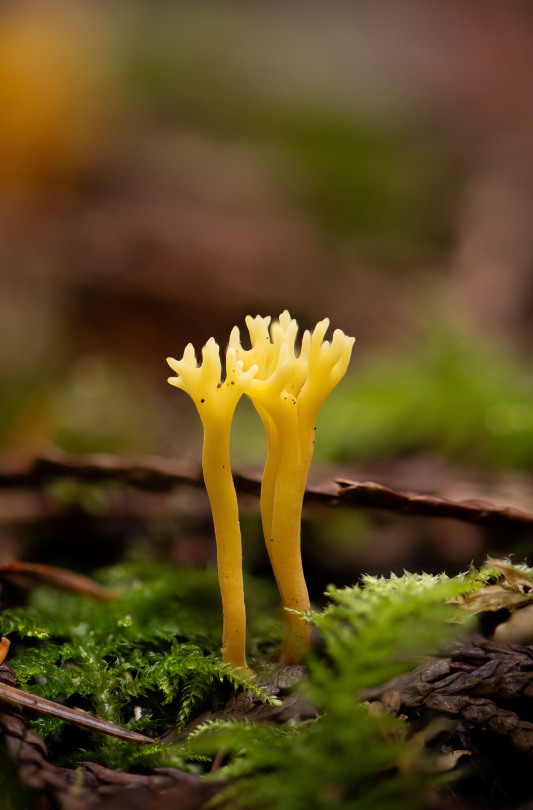Text
How to Handle Poisonous Mushrooms
(Originally posted at my blog at https://rebeccalexa.com/how-to-handle-poisonous-mushrooms/)
While edible mushrooms can be found just about year-round in much of temperate North America, fall is by far the most popular time. There’s a greater variety of species available, and fall rains encourage fungi to produce fruiting bodies to spread spores. The cooler weather also entices out those who may have been hiding from summer’s heat. As a result, I see an increase in questions about mushroom hunting from beginners who want to make sure they have a good first foraging experience. One of the most common queries is: how are we supposed to handle poisonous mushrooms?
It’s no surprise that so many people wonder about this. After all, the risk of picking and eating the wrong mushroom is a legitimate concern! While most poisonous mushrooms will give you some nasty gastrointestinal upset, a few can cause more serious symptoms, up to and including kidney and liver failure. Thankfully, with care it’s quite possible to avoid this fate.
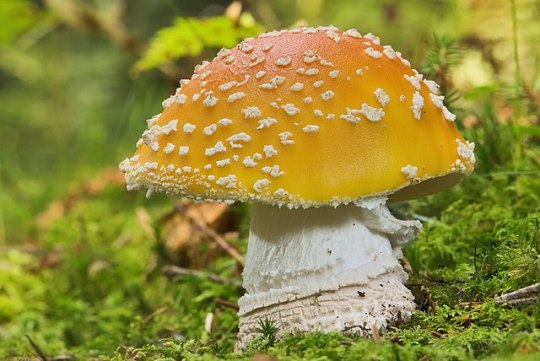
The first thing I need to establish is that fungi are not plants. In fact, they’re more closely related to us animals! The plant kingdom (well, the algae that would eventually lead to plants) diverged from our collective last common ancestor first, about 1.5 billion years ago. Meanwhile the last common ancestor of animals and fungi lived about 1 billion years ago. This means that the kingdom Fungi is the closest to the kingdom Animalia. In fact, we are so similar that it is incredibly challenging for pharmaceutical companies to develop new antifungal medications that are safe for us to use. Animal cells and fungal cells frequently metabolize molecules in the same way, meaning that many antifungal substances are just as dangerous for us as they are for the target fungus.
Yet many people still confuse plants and fungi. Both of them seem to grow out of the ground and don’t appear to move from one spot (at least not to the casual observer) and are often seen in the same places together. Sometimes the roots of plants are wrongly seen as analogous to the fungal mycelium. But while they may share some common roles with regards to extracting water and nutrients from soil, and may intertwine with each other in mycorrhizal relationships, their fundamental structure, to include on a cellular level, is quite different. It also doesn’t help that “mushrooms” are often lumped with vegetables in casual culinary discussions, and even on the food pyramid, too.
So why did I bring up this bit of basic biology? Because it’s at the core of the issue of how to handle poisonous mushrooms.
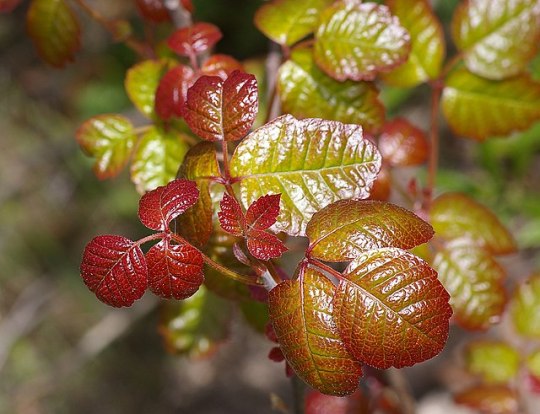
Think about some poisonous or irritating plants. Poison ivy, poison oak, and poison sumac (all Toxicodendron species) all exude uroshiol on their leaves; touch them, and you’re likely to get a nasty rash. Stinging nettle (Urtica dioica) has incredibly sharp little hairs that inject the skin of those who touch it with histamines, acetylcholine, and other irritating chemicals. The capsaicin in some peppers (Capsicum spp.) doesn’t even necessarily have to make it into your eyes to cause a nasty burning sensation. Giant hogweed (Heracleum mantegazzianum) is the most infamous of several plants that can cause severe chemical burns, though some require the sap or other toxic substance to be exposed to sunlight before the chemical reaction occurs. And ostensibly if you went picking berries, got some deadly nightshade (Belladonna atropa) berries mixed in with the edible ones, and the nightshade berries were accidentally crushed in sufficient numbers, there could be enough of their juice on the edible berries to make you sick.
So there are ample examples of plants where, if you just touch them, you could be in trouble. But what about mushrooms? Well, most of us learn about dangerous plants and mushrooms when we’re children. Young kids have a tendency to try to eat things or otherwise put them in their mouth as part of exploring their world. Unfortunately, some of those things can be pretty dangerous! But your average toddler isn’t going to be able to tell the difference between the small red round berries of red huckleberry (Vaccinium parvifolium) and the small red round berries of English holly (Ilex aquifolium). Nor will they know the nuances between edible matsutake mushrooms (Tricholoma spp.), and deadly death caps (Amanita phalloides.) So adults just tell children to not put any plants or mushrooms that they find outside in their mouths–and in fact, just don’t touch them at all. The result is that plenty of people had it imprinted early on that touching any mushroom is dangerous.
To be fair, most adults in mycophobic cultures couldn’t tell you the differences between those mushrooms, either. The mainstream, non-indigenous culture in the United States definitely counts as mycophobic; the majority of Americans are exceptionally wary of any mushroom that didn’t come from a grocery store or on a pizza. This stems from that early message that all outdoor mushrooms are potentially bad and dangerous, and a general dearth of education about edible wild mushrooms. Given that foraging and nature identification in general is a relatively rare set of skills here as well, most people don’t get early opportunities to learn which mushrooms are safe to eat and which aren’t.
All of this adds up to a lot of misinformation about mushrooms in general, and mushroom foraging in particular. Which leads me to the main topic of this article: whether or not you should handle poisonous mushrooms in the first place.

So here’s the $64,000 question: is it even possible to safely handle poisonous mushrooms? The short answer: yes! Here’s the thing. As I tell my students in my foraging classes, I could pick a big death cap mushroom with my bare hands, walk around carrying it all day, toss it up in the air and catch it, and it wouldn’t hurt me. I could stick it into a bag of edible mushrooms, and it won’t “rub off on them.” The spores would be more of a threat if I inhaled them than if some of them dusted the edible fungi in that bag; there’s not enough toxin in the spores to make an impact.
Technically I could even bite a piece off of the death cap, chew it, and spit it out, and as long as I didn’t swallow any of it I’d be fine. (This is actually a fairly common practice among foragers as flavor can be an important factor in identifying some mushrooms.) The only way that that death cap is going to hurt me is if I eat it. I have to ingest it, and leave it in my digestive system long enough for the amatoxins and phallotoxins within it to be absorbed by my body. (And it wouldn’t take much–just a half a cap is supposedly enough to take out an adult human being.)
Now, you don’t have to give up all of your caution if you aren’t comfortable. If it makes you feel better to wear gloves when picking mushrooms, put each unidentified species in its own container, and wash your hands after handling them, that’s totally fine. But understand that these steps really aren’t necessary, other than perhaps keeping the unidentified mushrooms separated from the known edibles to keep them from being accidentally prepared together.
None of this means that you shouldn’t take the absolute greatest amount of caution in properly identifying any mushroom and then researching if it is safe to eat. The risk of eating something that could make you sick (or worse) is still quite real. Just know that the risk only comes into play once you start eating them; you can pretty much handle the mushrooms with impunity (rare general mushroom allergies notwithstanding.)
Did you enjoy this post? Consider taking one of my online foraging and natural history classes, checking out my other articles, or picking up a paperback or ebook I’ve written! You can even buy me a coffee here!
#long post#fungi#fungus#mushrooms#poison#mushroom#mycology#foraging#mushroom hunting#science#nature#scicomm
474 notes
·
View notes
Text
47K notes
·
View notes
Text
Welp. That certainly gets the point across!
aw yeah i just got the best sticker from stinkybrowndogs on etsy!

64 notes
·
View notes
Text
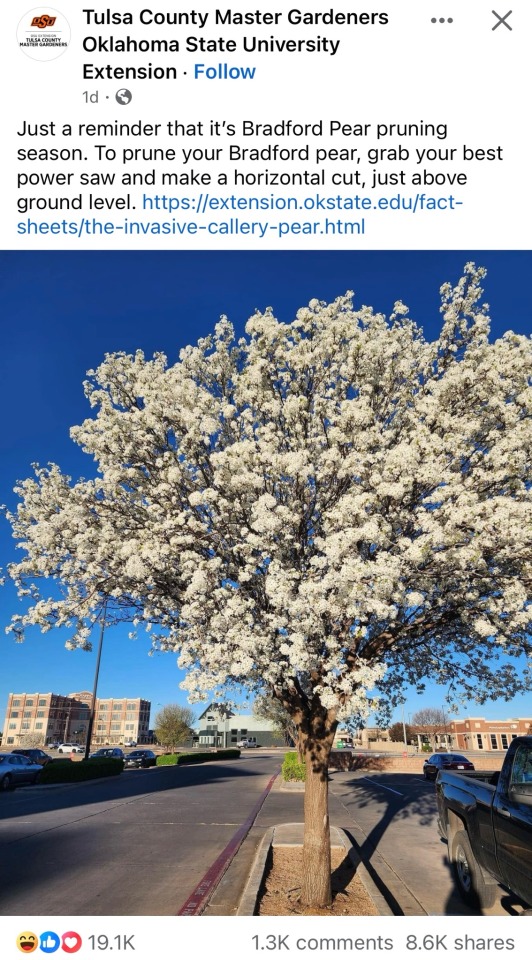
Nobody throws shade like a biologist with burning hatred for invasive plants
37K notes
·
View notes
Note
How come a badger would fuck up a coyote
you wouldn’t necessarily clock this from just looking at one, but all species of badger are basically just little fucked-up biological TANKS with hearts full of murder.
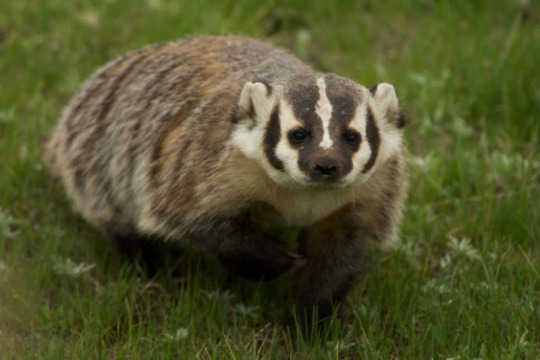
adorable murder.
to start with, badger skin is so tough that it can resist most attempts by other predators to bite through it, and is also very loose so that even if it’s grabbed by a larger creature, the badger can still turn around and bring its own claws and teeth into the situation!

which is very bad.
and on top of this, badgers are STUPID strong and ridiculously hardy- badgers can shrug off just about any injury that doesn’t kill them outright and will immediately seek retribution by attempting to open you up with those big ol claws like a can of beans being fed into an industrial shredder.

badgers can even 1v1 fucking BEARS and walk off without a scratch, they’re that op.

no, I was not kidding.
the coyote, a fragile creature built for speed and maneuverability, would stand NO chance if it tried to start shit with the badger, and they both know it.
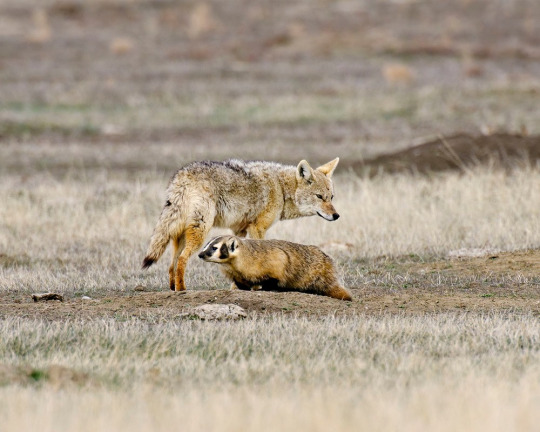
25K notes
·
View notes
Text
I am once again thinking about digging holes

It's so fucked up that digging a bunch of holes works so well at reversing desertification
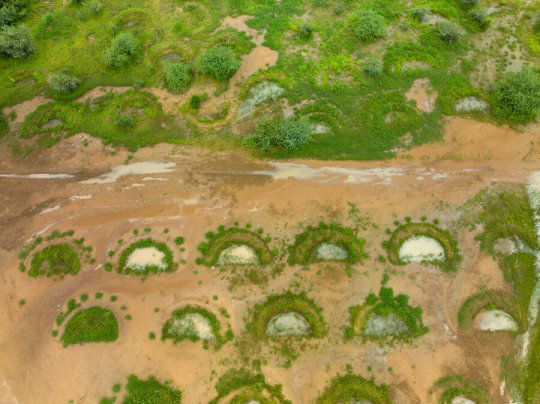
I hate that so much discourse into fighting climate change is talking about bioenginerring a special kind of seaweed that removes microplastics or whatever other venture-capital-viable startup idea when we have known for forever about shit like digging crescent shaped holes to catch rainwater and turning barren land hospitable
62K notes
·
View notes
Text

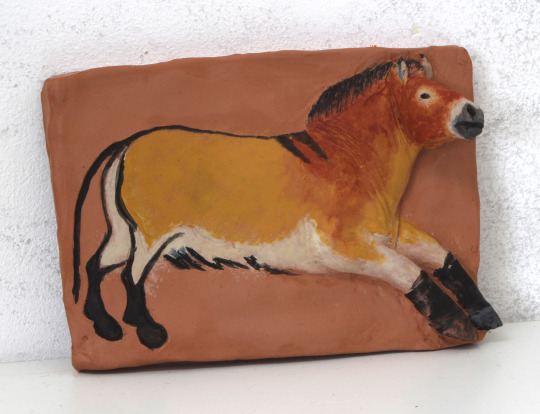
[ID: Photos of a clay rectangular relief sculpture of a Przewalski's horse. It starts on the left/hindquarters as a low relief cave painting and then becomes more realistic and higher relief to the right/front. The head is fully 3D and turned to look outward. The first photo shows it against a marbled paper background of blue, green, and white. The second photo is the same but leaning against a white wall. End ID]
Painted!
905 notes
·
View notes
Text
"Don't use Libby because it costs libraries too much, pirate instead" is such a weird, anti-patron, anti-author take that somehow manages to also be anti-library, in my professional librarian-ass opinion.
It's well documented that pirating books negatively affects authors directly* in a way that pirating movies or TV shows doesn't affect actors or writers, so I will likely always be anti-book piracy unless there's absolutely, positively no other option (i.e. the book simply doesn't exist outside of online archives at all, or in a particular language).
Also, yeah, Libby and Hoopla licenses are really expensive, but libraries buy them SO THAT PATRONS CAN USE THEM. If you're gonna be pissed at anybody about this shitty state of affairs, be pissed at publishing companies and continue to use Libby or Hoopla at your library so we can continue to justify having it to our funding bodies.
One of the best ways to support your library having services you like is to USE THOSE SERVICES. Yes, even if they are expensive.
*Yes, this is a blog post, but it's a blog post filled with links to news articles. If you can click one link, you can click another.
24K notes
·
View notes
Text


what do you meaaaaaaan this is baby sturgeons youre lying to me.... you just Shrunk him
12K notes
·
View notes
Text
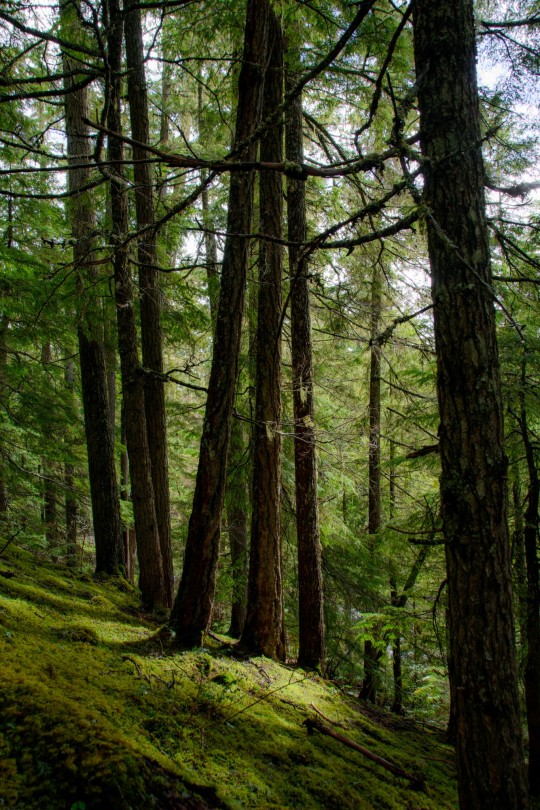
Sun-dappled and moss-drenched; the forest is my favourite place to rest.
2K notes
·
View notes
Photo


The Unicorn and The Red Bull by Hidemi Kubo - The Last Unicorn (1982)
9K notes
·
View notes
Text

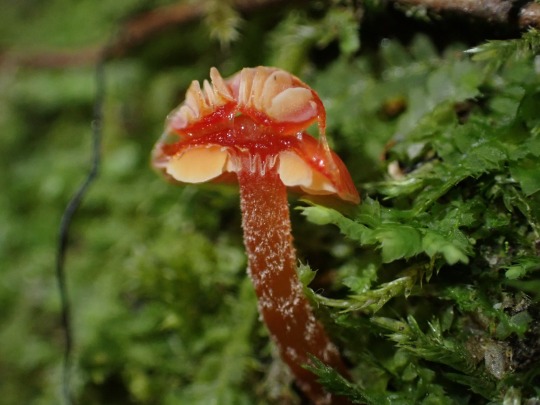
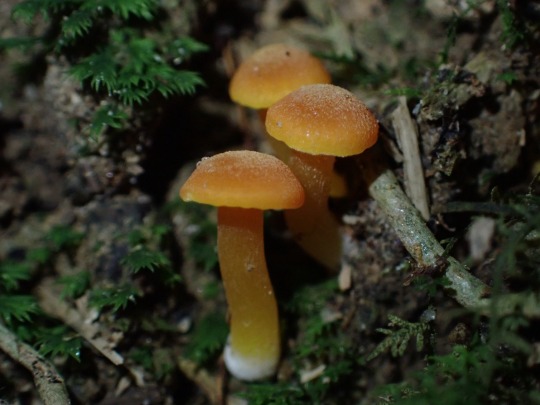
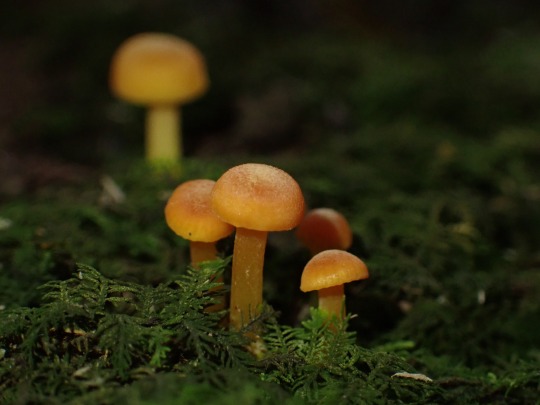
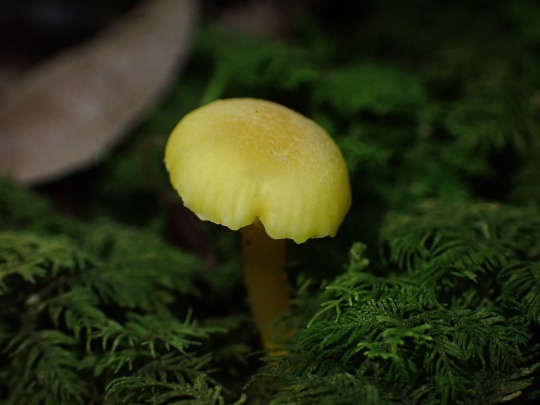

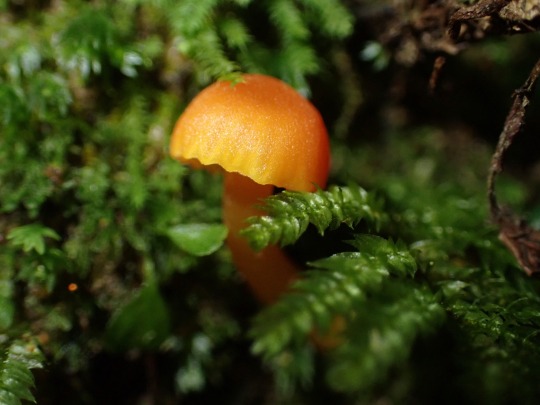



some of the various Hygrocybe spp. waxcaps from our walk yesterday <3
173 notes
·
View notes


